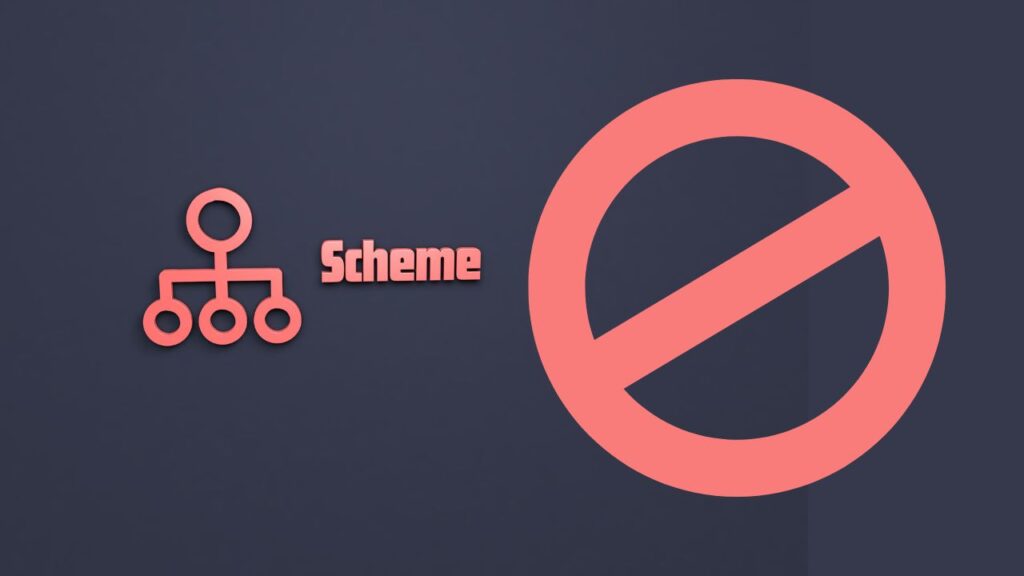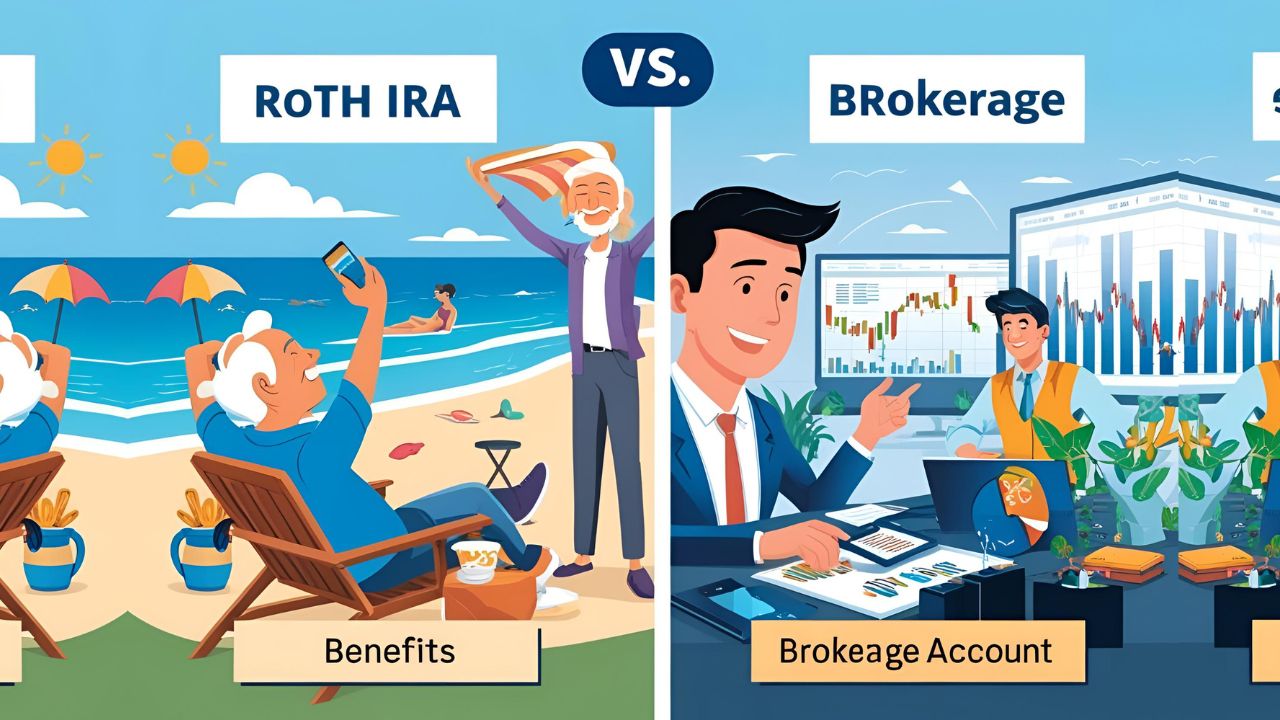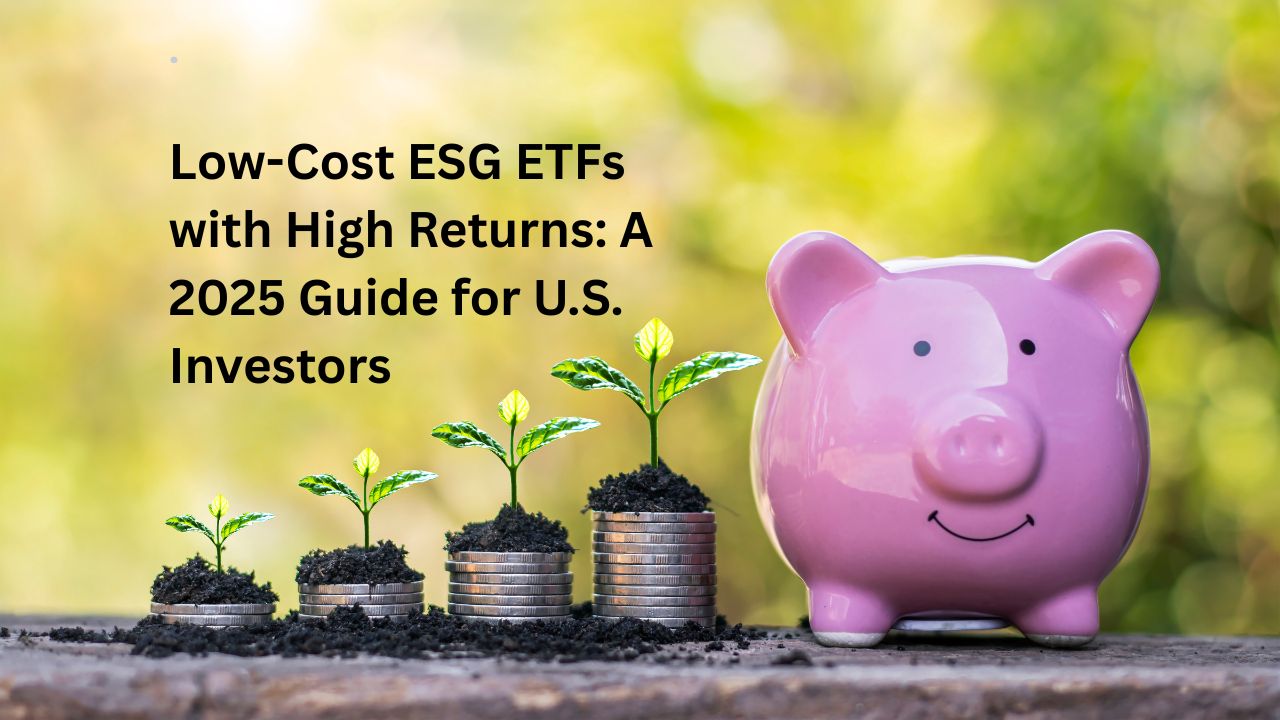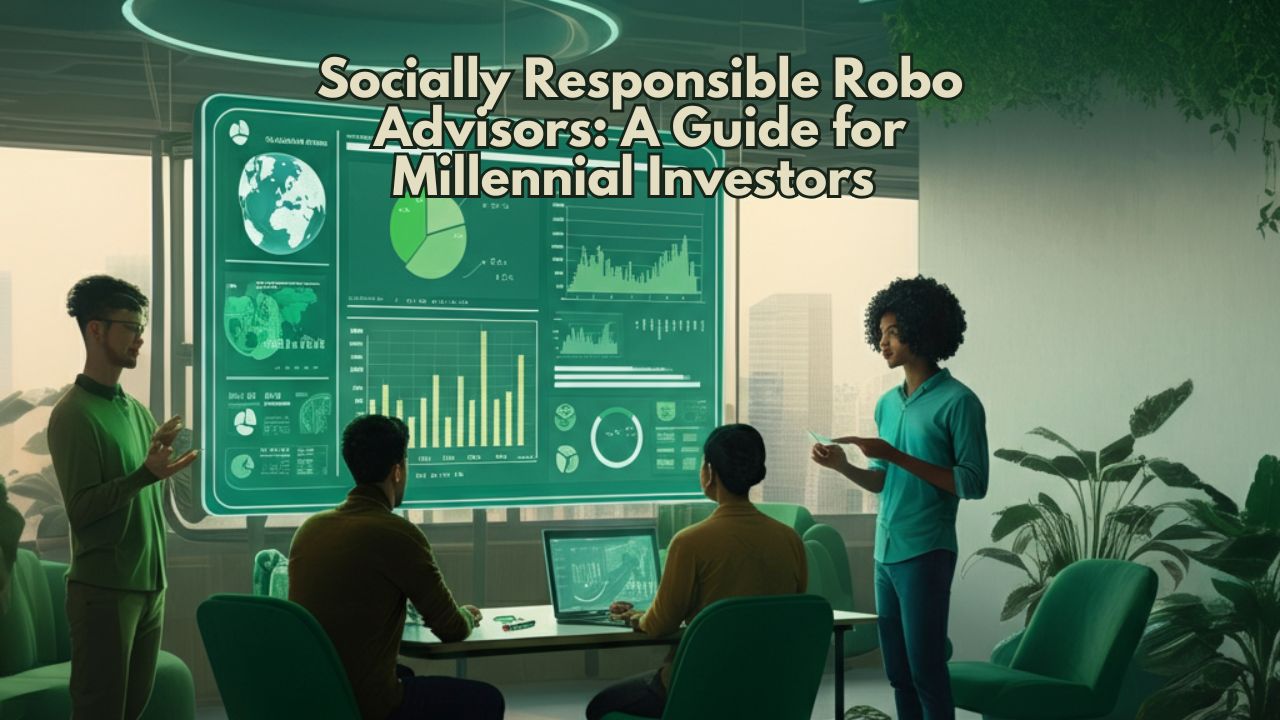You’re not alone if you’ve heard of the phrase “Ponzi scheme” but don’t know what it means. Ponzi schemes have existed for more than a century, but they still manage to swindle investors out of billions of dollars annually. Whether you are a novice investor or would like to safeguard your life savings, learning about the basics of Ponzi schemes is a must. This straightforward guide will explain Ponzi schemes, how they operate, the red flags to look out for and how to keep yourself from falling for one.
What Is a Ponzi Scheme?
A Ponzi scheme is an investment fraud that pays existing investors with funds collected from new investors instead of profit earned to create the illusion of earnings. It looks like an investment success, but no actual earnings are being generated. The maneuver is named after Charles Ponzi, who in the 1920s pledged to deliver outsize profits from an arbitrage operation involving international postal reply coupons. Instead, he used funds from new investors to pay old ones, and the scheme eventually imploded.
How Does a Ponzi Scheme Work?
Ponzi schemes begin with the promise of high returns on an investment and little or no risk. Early investors get paid out, but real profits do not cover those payouts; they are financed with new investor money. This cycle repeats ad infinitum until no new money enters the system. The entire facade collapses under its weight and is often revealed as nothing more than a money game disguised as a legitimate, profitable business. But Ponzi schemes are built to fail. Eventually, when recruitment stalls or large numbers of investors try to cash out simultaneously, the scheme falls apart, leaving most investors with heavy losses.
Warning Signs to Watch For

Ponzi schemes frequently have certain traits in common that may tip you off that you’re nearing a Ponzi scheme. One big red flag is the promise of high, guaranteed returns with no risk or negligible risk — something that’s impossible from a legitimate investment. Another telltale sign would be consistent, steady returns under all market conditions, as real investments must fluctuate. A lack of transparency about how your money is being invested and the inability to withdraw funds are also worrisome. Also, when you are being pushed to reinvest your gains or to recruit someone new, it’s a good time to be careful.
Most Noted Ponzi Schemes of previous and recent years
The original Ponzi scheme was operated by Charles Ponzi himself in the 1920s, but the most notorious, in recent history, was Bernie Madoff’s mammoth fraud. Madoff had run his scheme for decades and bilked investors out of an estimated $65 billion. He offered only steady, high returns and lived the illusion of success until the 2008 financial crisis exposed him. “That highlights that (even) sophisticated investors are at risk of being fooled by sophisticated Ponzi schemers.”
Ponzi Schemes vs. Pyramid Schemes
It is easy to confuse Ponzi schemes and pyramid schemes.
Ponzi schemes are sometimes mistaken for pyramid schemes, though they function completely differently. In a Ponzi scheme, a central person receives money from a group of people and uses the new money to pay returns to an earlier group. Pyramid schemes, meanwhile, are based on participants who recruit others to join, and the profits that go to those at the top. Both are illegal and fall apart when recruitment fizzles, but pyramid schemes typically feature a product or service, and Ponzi schemes don’t.
While both are illegal and rely on recruiting new participants, there are differences:
| Ponzi Scheme | Pyramid Scheme |
|---|---|
| Investors pay money to the operator | Participants recruit others to join |
| Returns paid from new investors | Each recruit pays the recruiter |
| No real product or service | Often involves selling a product |
| Operator at the center of the scam | Profits flow up through the pyramid |
Both schemes eventually collapse when recruiting dries up, but pyramid schemes require active recruitment by all participants.
How to Protect Yourself
Protect yourself from Ponzi schemes by being sceptical. If an investment seems too good to be true, it likely is. Remember to always thoroughly research the company and investment and check that the investment is properly registered with financial regulators. Before you invest, make sure you understand how your money will be invested. Steer clear of investments that urge you to act promptly or recruit others. Caution and information are your best defence.
If You Think It’s a Ponzi Scheme, Here’s What to Do
If you suspect you have stumbled upon a Ponzi scheme, cease investing immediately. Collect all evidence and correspondence about the investment, and bring your concerns to the appropriate authorities, including the Securities and Exchange Commission (SEC) or your local securities regulator. Warn friends and family members to help avoid people losing money.
Final Thoughts
Ponzi fraud continues to be dangerous for investors, but you can guard against it by being informed and alert. Always be suspicious of investments that offer guaranteed high returns, and when investing in anything, do your homework before you part with your cash. And remember — a savvy investor is a safe investor. Keep your wits, and protect your financial future.
You may read this: How to Build an Emergency Fund Fast (Updated 2025)
Information sources:
- https://www.investor.gov/introduction-investing/investing-basics/glossary/ponzi-schemes
- https://www.investor.gov/protect-your-investments/fraud/types-fraud/ponzi-scheme
- https://www.law.cornell.edu/wex/investor_protection_guide_ponzi_scheme
- https://www.zuckermanlaw.com/how-to-identify-report-ponzi-scheme/
- https://www.sec.gov
- https://www.usa.gov/agencies/securities-and-exchange-commission















